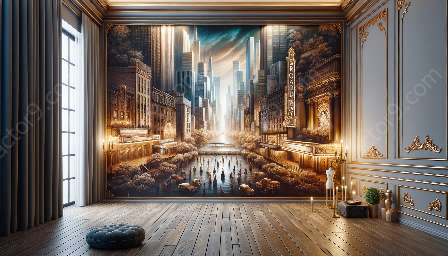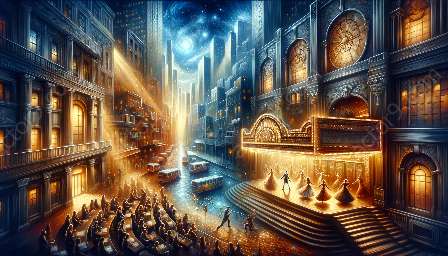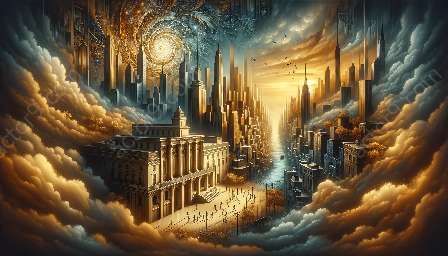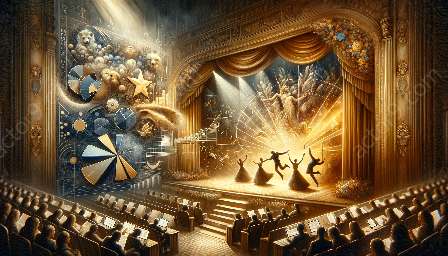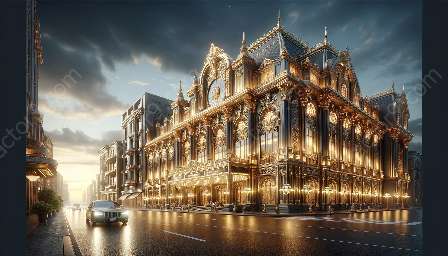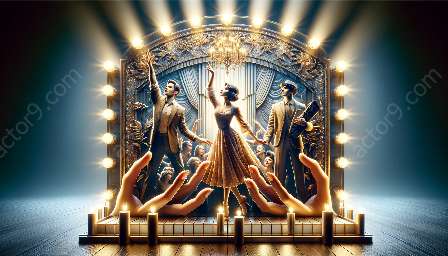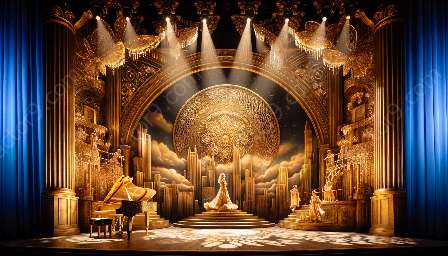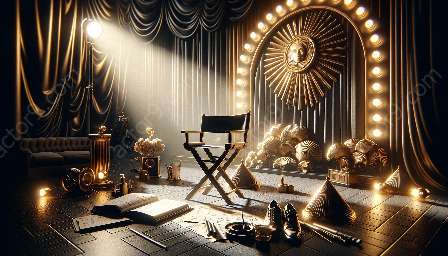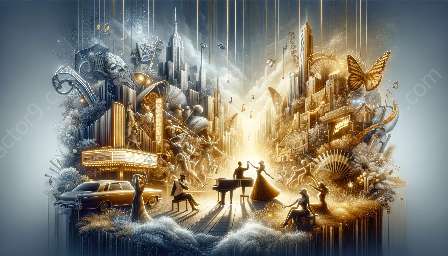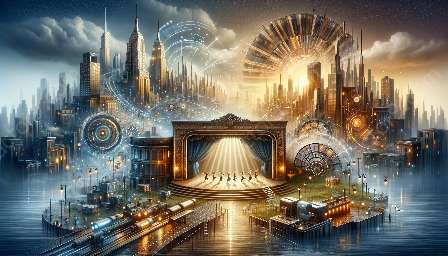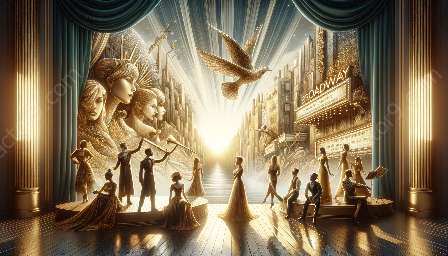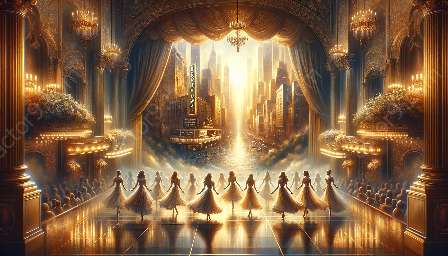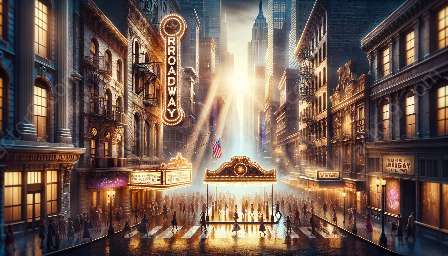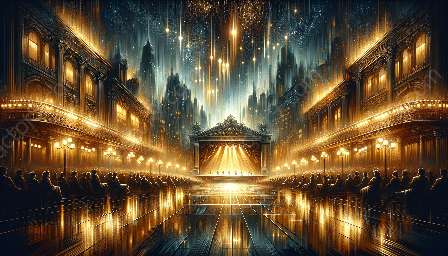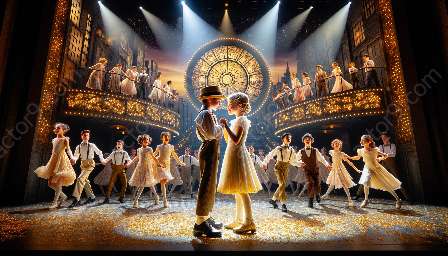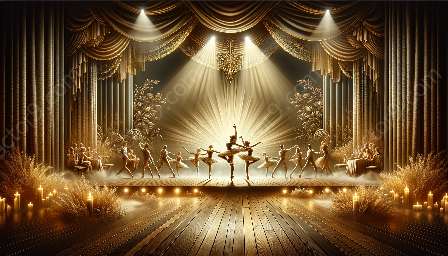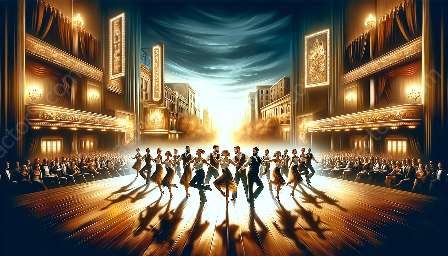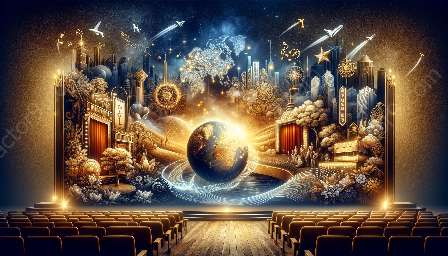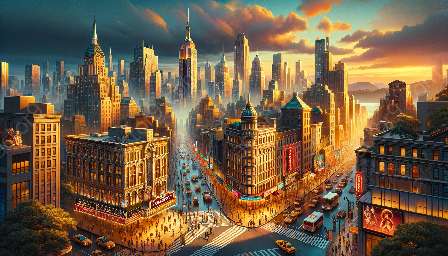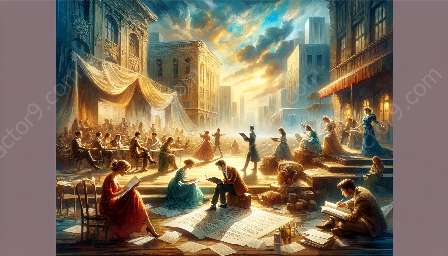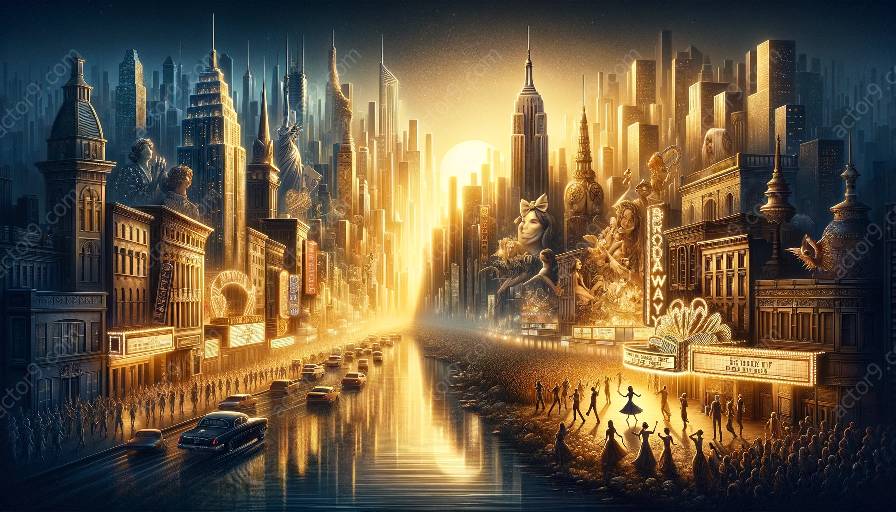Technology has played a significant role in the evolution of Broadway musical styles, shaping the creative process, performance aspects, and audience experiences. From early stage productions to modern theater experiences, advancements in technology have transformed the way musicals are produced, staged, and enjoyed. This comprehensive exploration delves into the impact of technology on the evolution of Broadway musical styles and the ways in which it has shaped the landscape of musical theater.
The Birth of Broadway
Broadway musicals have a rich history dating back to the late 19th century, with iconic shows such as “Show Boat” and “Oklahoma!” setting the stage for the development of the genre. In the early days of Broadway, technology was limited, and productions relied on traditional staging techniques, live orchestras, and basic lighting and sound equipment. The evolution of Broadway musical styles can be traced through the advancements in technology and its influence on theatrical performances.
Impact on Production and Creativity
As technology progressed, it began to revolutionize the production process of Broadway musicals. The introduction of recording and playback devices allowed composers and lyricists to experiment with new sounds, orchestration, and musical arrangements. This led to the emergence of diverse musical styles, from classical operettas to contemporary rock operas, showcasing the creative impact of technological advancements on the evolution of Broadway musical styles.
Technological Innovations in Staging
Advancements in stagecraft and scenic design have greatly influenced the evolution of Broadway musical styles. The integration of mechanized set pieces, hydraulic lifts, and advanced projection mapping techniques has expanded the creative possibilities for staging elaborate and immersive productions. From rotating stages in “Les Misérables” to interactive LED screens in “Hamilton,” technology has elevated the visual and spatial dynamics of Broadway musicals, enhancing the overall theatrical experience for audiences.
Sound and Acoustics
Sound reinforcement and acoustical engineering have been pivotal in shaping the audio experience of Broadway musicals. The development of sophisticated sound systems and digital mixing consoles has enabled performers to showcase their vocal talents with clarity and precision, while also enhancing the orchestral and choral components of musical compositions. These advancements have contributed to the evolution of sound design in musical theater, creating immersive sonic environments that amplify the emotional impact of the storytelling.
Virtual Realities and Digital Enhancements
In recent years, technology has introduced virtual reality and digital enhancements to the world of Broadway musicals. From augmented reality projections to interactive audience experiences, these digital innovations have redefined the boundaries of live theater and expanded the possibilities for storytelling and engagement. Shows like “Aladdin” and “Harry Potter and the Cursed Child” have incorporated cutting-edge technologies to transport audiences into fantastical realms, blurring the lines between reality and fiction.
Accessibility and Global Reach
Technology has also played a significant role in enhancing the accessibility and global reach of Broadway musicals. The rise of live streaming, on-demand platforms, and digital marketing strategies has enabled audiences worldwide to experience the magic of Broadway from the comfort of their homes. This newfound accessibility has broadened the demographic reach of musical theater, allowing diverse audiences to engage with and appreciate the evolving styles and narratives presented on Broadway stages.
Conclusion
The evolution of Broadway musical styles has been profoundly influenced by the march of technological progress. From the humble origins of traditional stagecraft to the digital frontiers of modern theater, technology has continuously shaped, enhanced, and redefined the creative landscape of musical storytelling. As Broadway continues to embrace the possibilities of technological innovation, the future promises even more captivating and immersive musical experiences that will continue to captivate audiences and define the legacy of musical theater.

